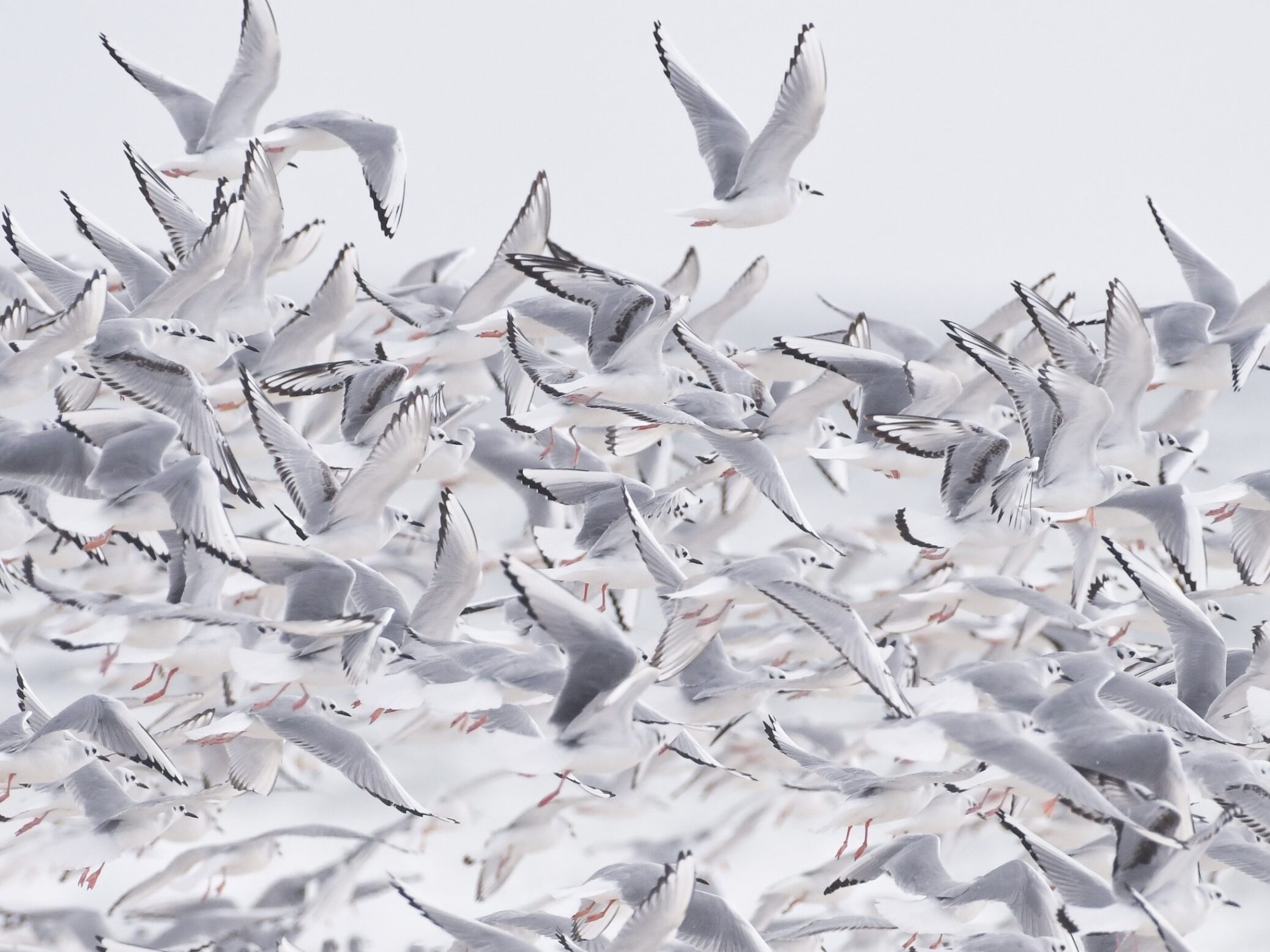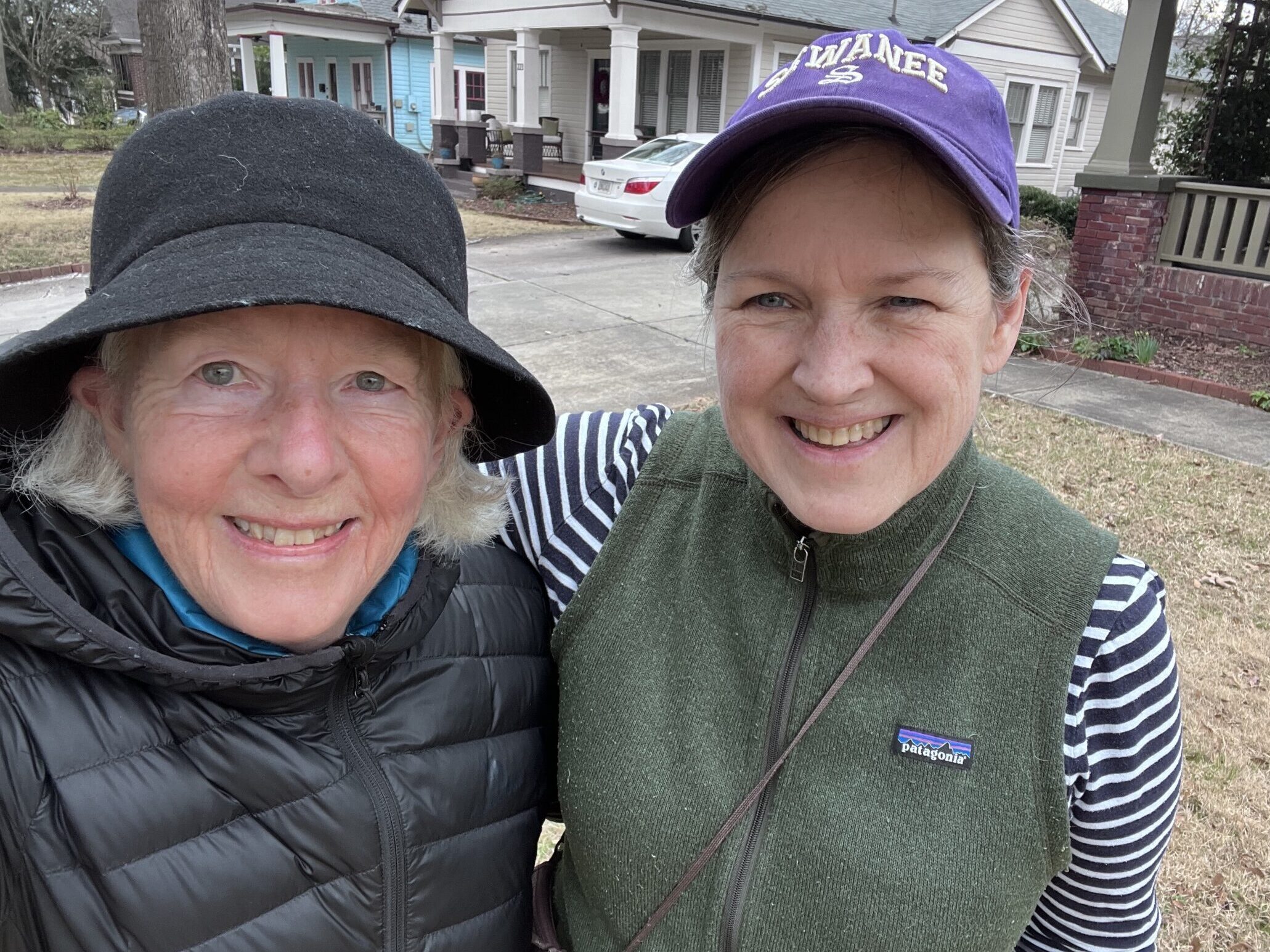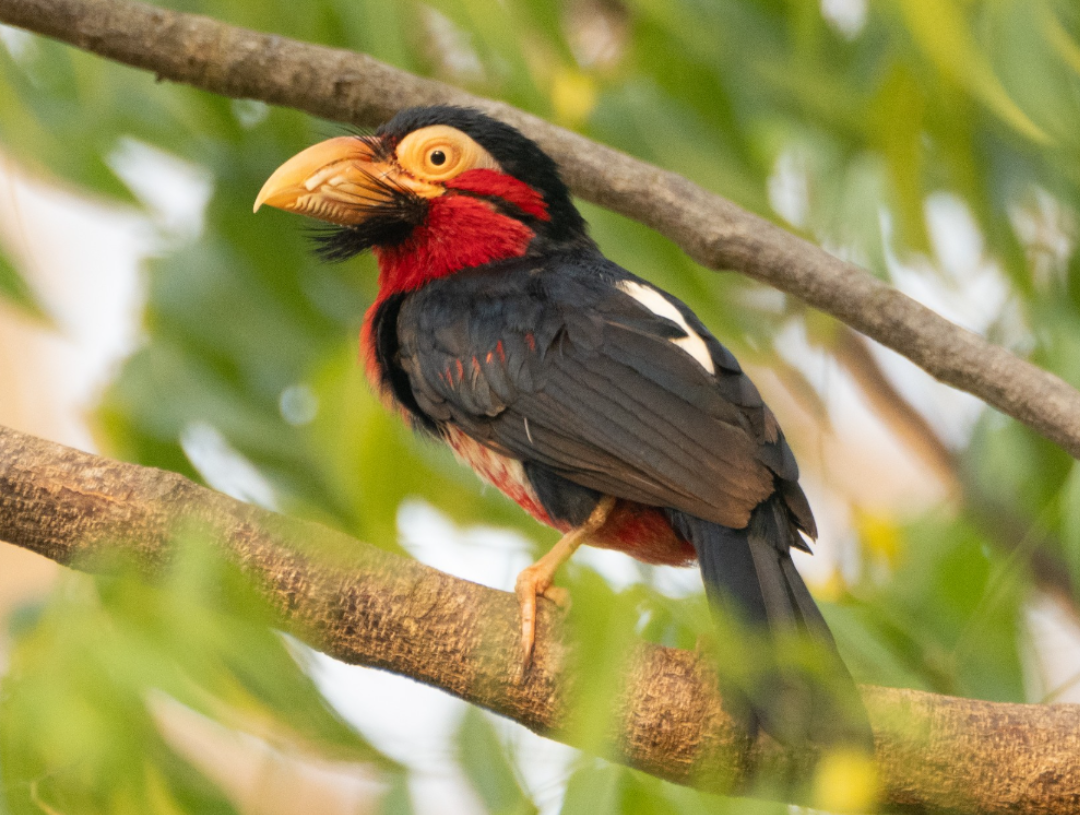2025 Final Results
Reaching New Heights
In a word, unbelievable! At a time when the world feels fractured, we demonstrated that we can and will come together for the birds. Collectively, we found 8,078 species of the world’s known species, that is 158 more than in 2024. Hundreds of thousands of people from all over the world were birding during those four days in February. Immense gratitude to each of you for demonstrating a profound global respect for the natural world. Our whole is more powerful than the sum of the parts.
In a Snapshot
- 8,078 species of birds identified
- 217 countries or eBird subregions
- 387,652 eBird checklists
- 655,549 Merlin Bird IDs (step-by-step, sound, or photo)
- 189,741 photos, videos, and sounds added to Macaulay Library
- 838,113 estimated global participants
- 409 reported community events
Numbers may change slightly as final checklists are added and validated by our reviewers. Data reflect totals through March 7, 2025.

The World Has Spoken—Merlin for the Win!
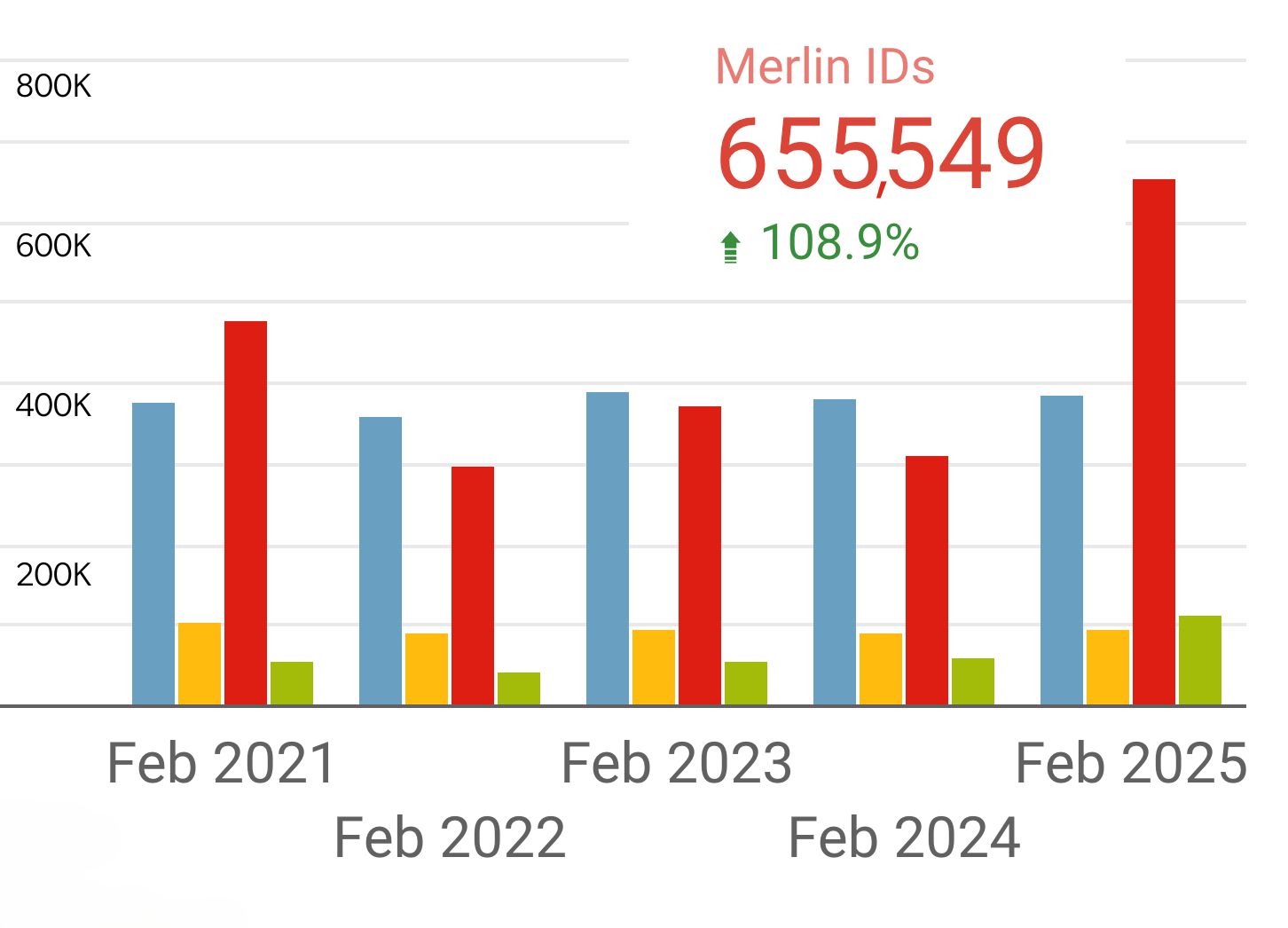
The world loves Merlin! In 2021, Merlin was introduced as a way to contribute to the Great Backyard Bird Count and this year we saw tremendous growth in the use of this tool around the world. At 655,549 submissions, we more than doubled the number of Merlin entries from last year making this the best year yet for Merlin. The tool continues to awe and inspire those who are turning to birds as a way to feel more connected to the natural world. How fun to be able to identify birds no matter where we are, right in the palm of our hands!
Participation Grows in Many Parts of the World
The GBBC began with a focus on North America. Now, engagement continues to grow and expand all over the world. Almost every country and eBird subregion of the world contributed to the Great Backyard Bird Count.
- Nearly every country saw growth in the use of either Merlin or eBird— often both! Spectacular increases in Merlin use included, but were not limited to: Australia, Canada, Costa Rica, France, India, Mexico, Netherlands, the United Kingdom, and the United States.
- eBird saw notable engagement increases in China, Colombia, Kenya, Nepal, Taiwan, Thailand and South Africa.
- It was incredible to see so many people engaged, often for the first time, in countries such as Angola, Eswatini, Iraq, Samoa, Nigeria, and Malawi.

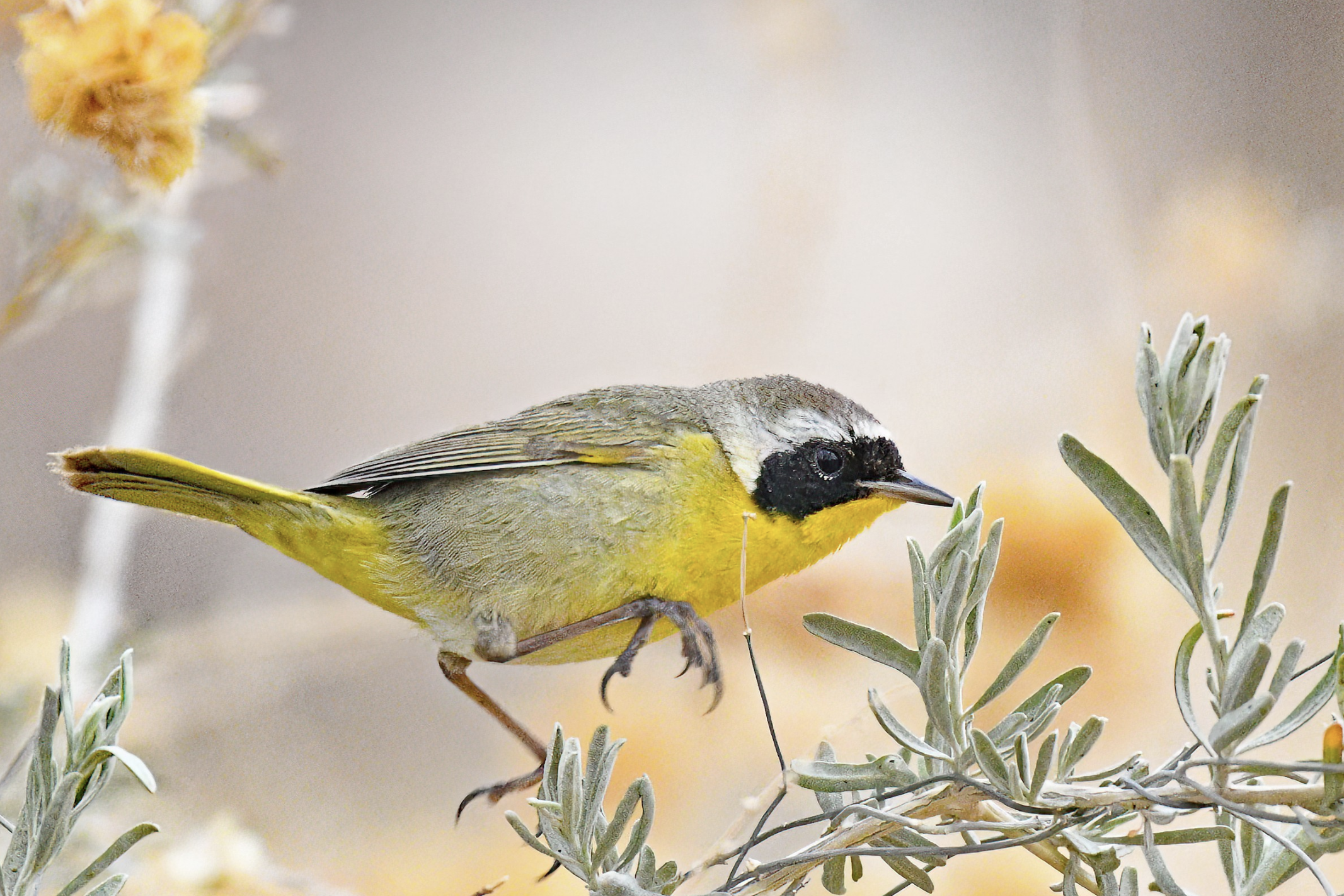
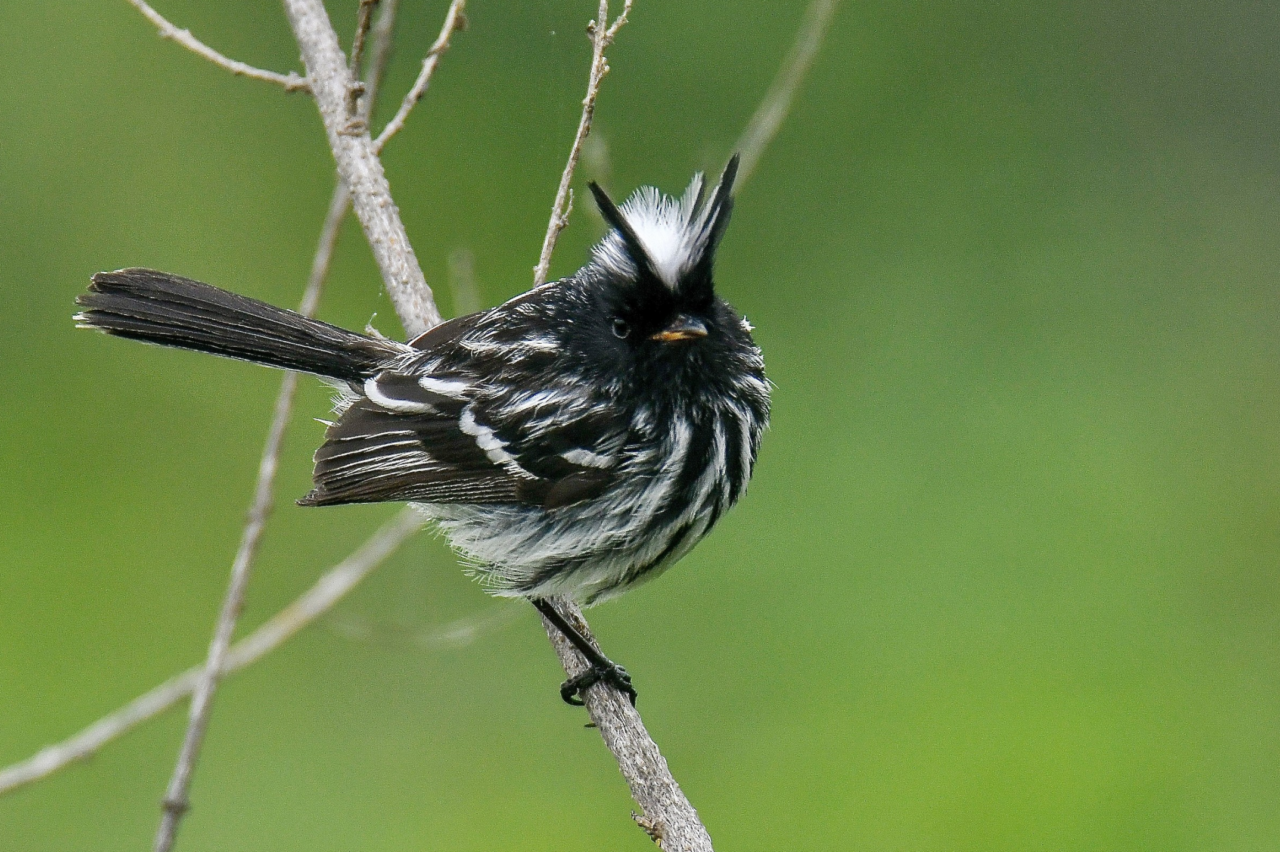
Explore our graphs and data from the global citizens committed to observing bird populations. Click the button below to explore global engagement, then click on individual Countries, States, Provinces, or Territories to see more detailed numbers.
Top Three Countries by the Numbers
United States
The United States had the most checklists with 200,258, identifying 670 species. Merlin submissions soared to 435,227, up 100% from 2024. States with the most checklists were—California, Texas, and Florida—with New York close behind. Merlin submissions saw big growth in the top three states along with Washington, Georgia, Oregon, Missouri, Connecticut, Maine, New Hampshire, Vermont, Louisiana, Arkansas, Oklahoma, Mississippi, West Virginia and South Dakota. Mississippi and South Dakota also had significant increases in the number of eBird checklists.
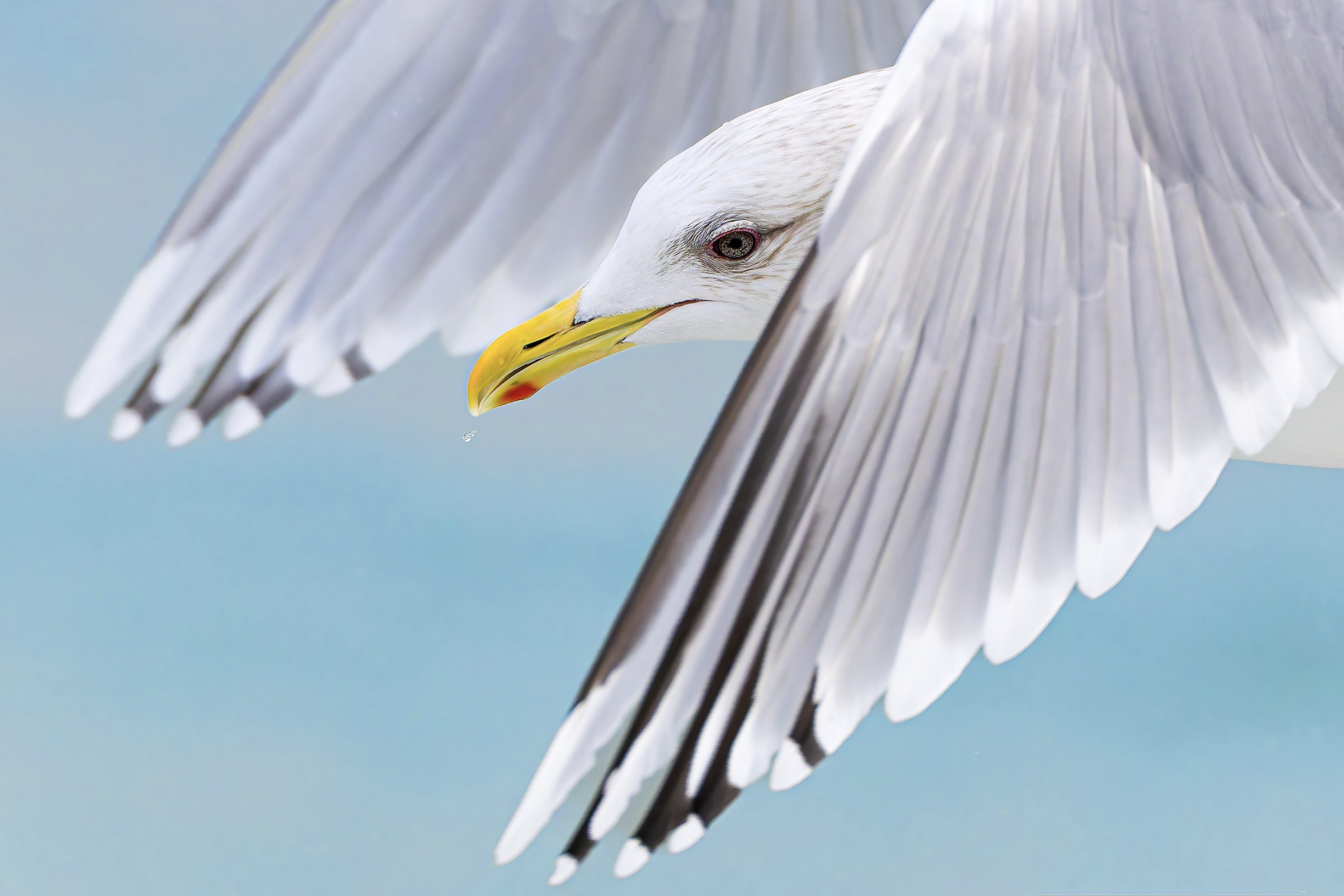
India
India once again broke their record for eBird checklists with 69,112 submissions. India found 1,085 species this year, 46 more than last year. Merlin use grew with 9,925 identifications. The state of West Bengal had the most species reported with 540. Almost every region across India had an increase in Merlin submissions. Kerala passed Tamil Nadu this year with 13,519 checklists. Several territories and states saw massive growth in the number of submitted checklists and Merlin IDs—including Punjab, Haryana, Jammu & Kashmir, Meghalaya, Assam, Goa, and Bihar.

Canada
Canada had the third most eBird checklists with 26,420. Merlin use grew by 10,000 compared to 2024 with 24,099 submissions. Each province contributed sightings to provide a grand total of 247 species reported throughout Canada. The province of Ontario delivered 8,161 checklists, with British Columbia providing a respectable 4,428 checklists. British Columbia had the most species reported at 195 but Ontario (150) and Nova Scotia (123) were not too far behind. Quebec, Yukon Territory, and Newfoundland and Labrador all had impressive growth in Merlin engagement.
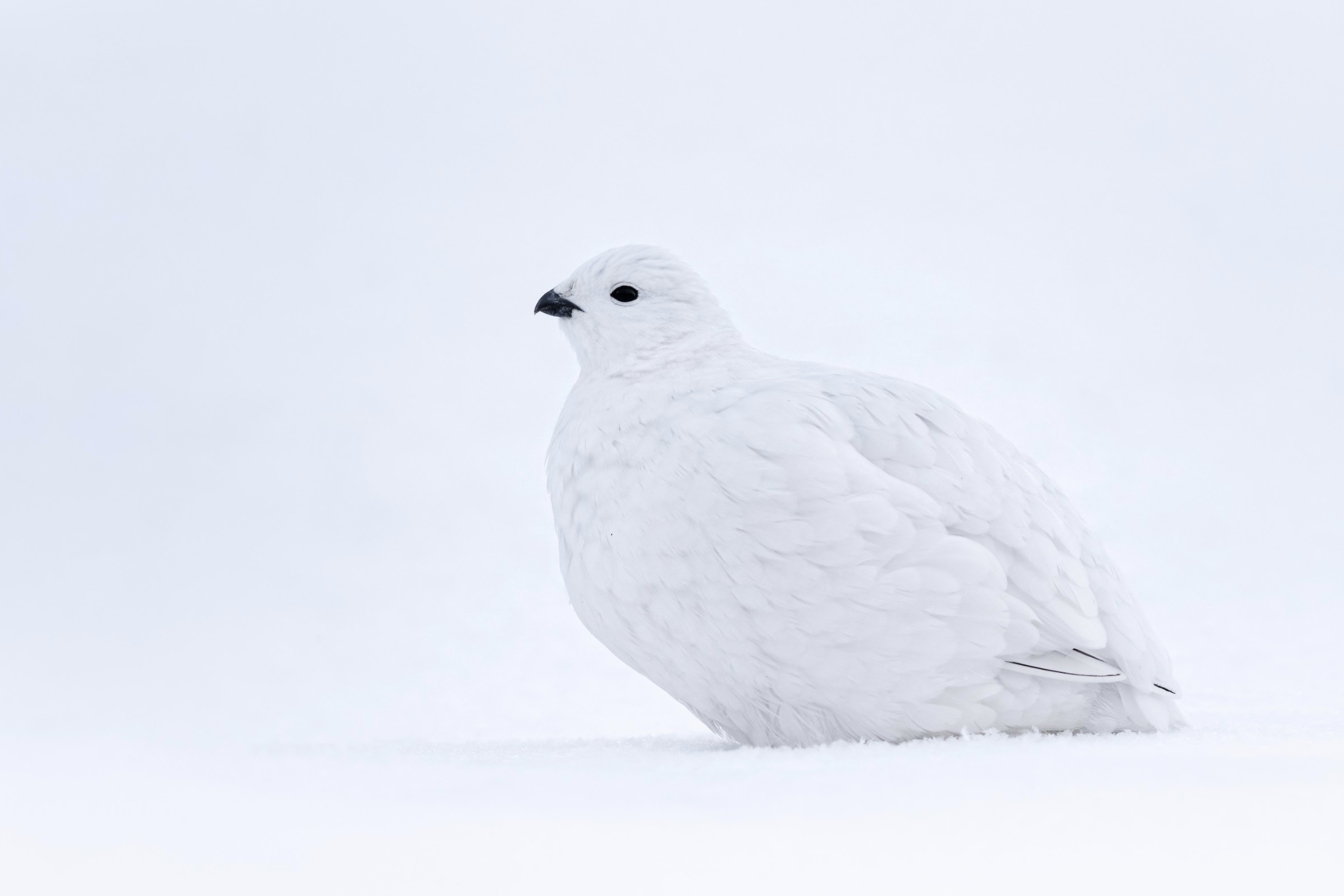
Top Merlin Submissions
During the GBBC, we noticed that Merlin Bird ID app usage jumped around the world, especially in high-submitting countries such as the United States, the United Kingdom, Canada, Costa Rica, Australia, India, Mexico, France, Spain, Netherlands, Germany, Colombia, Brazil, and South Africa.
Most Frequently Identified Birds in Merlin:
United States
- Northern Cardinal
- Dark-eyed Junco
- House Finch
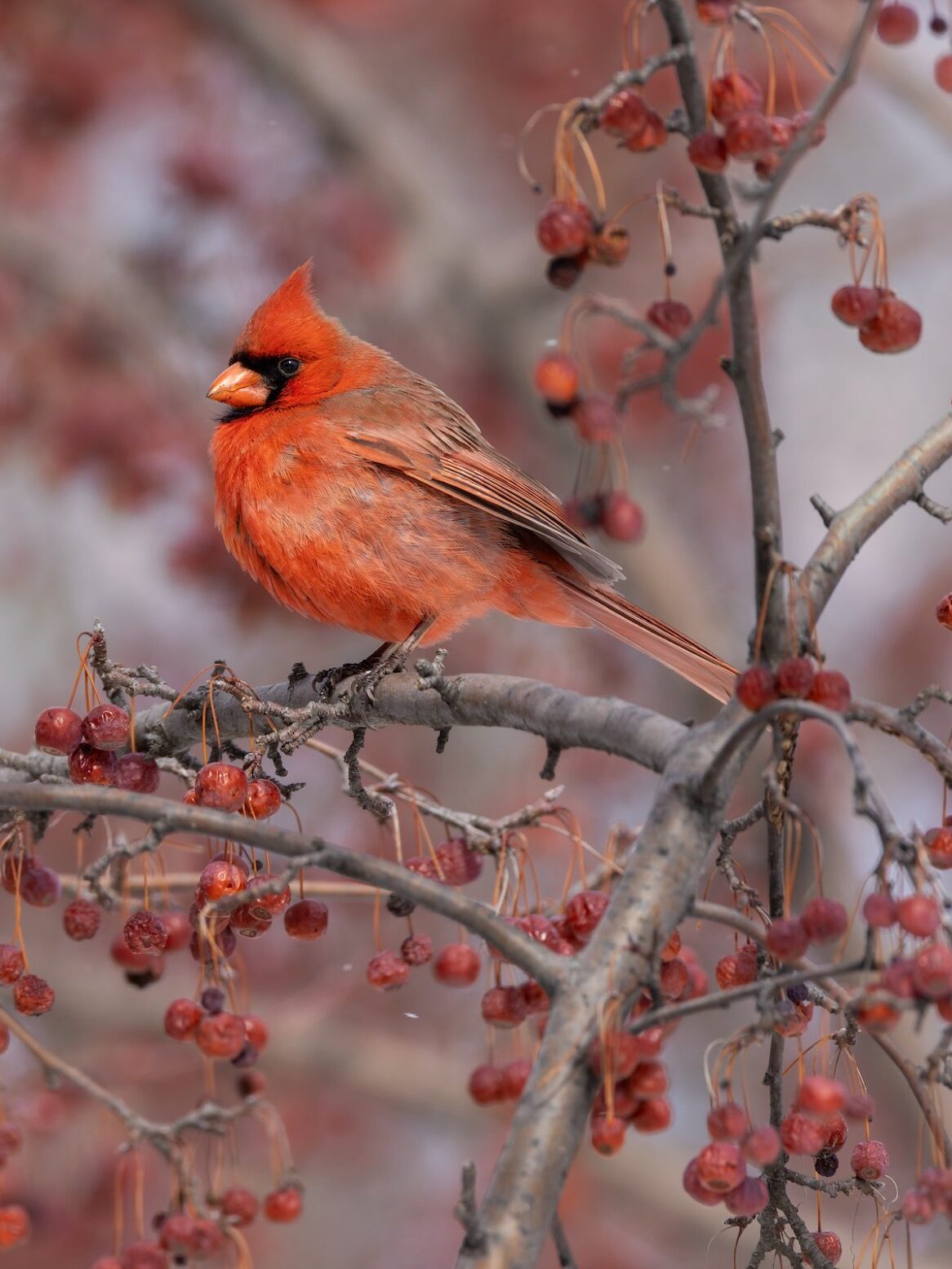
India
- Red-vented Bulbul
- Common Myna
- Purple Sunbird
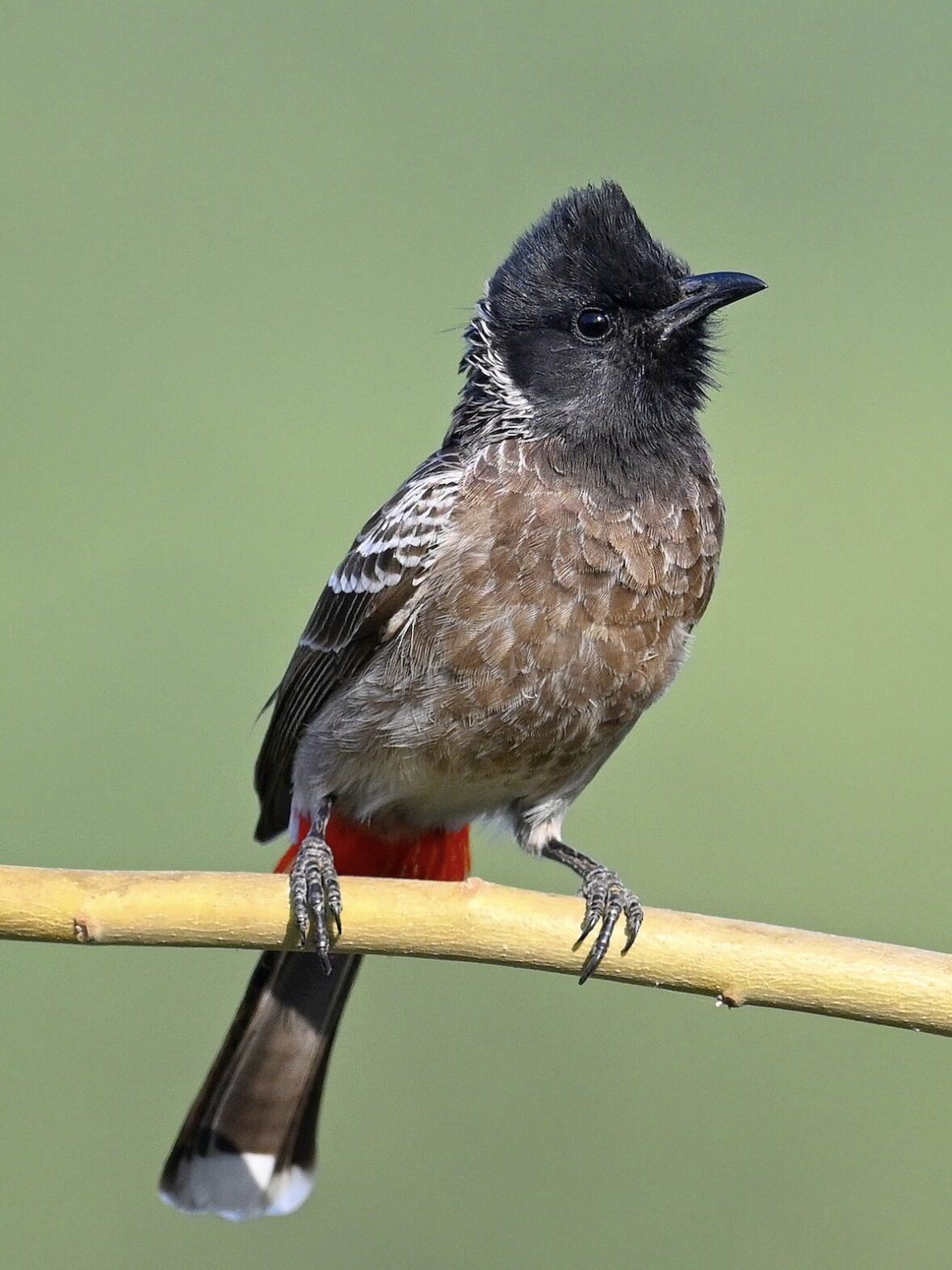
Canada
- Black-capped Chickadee
- Dark-eyed Junco
- Northern Cardinal
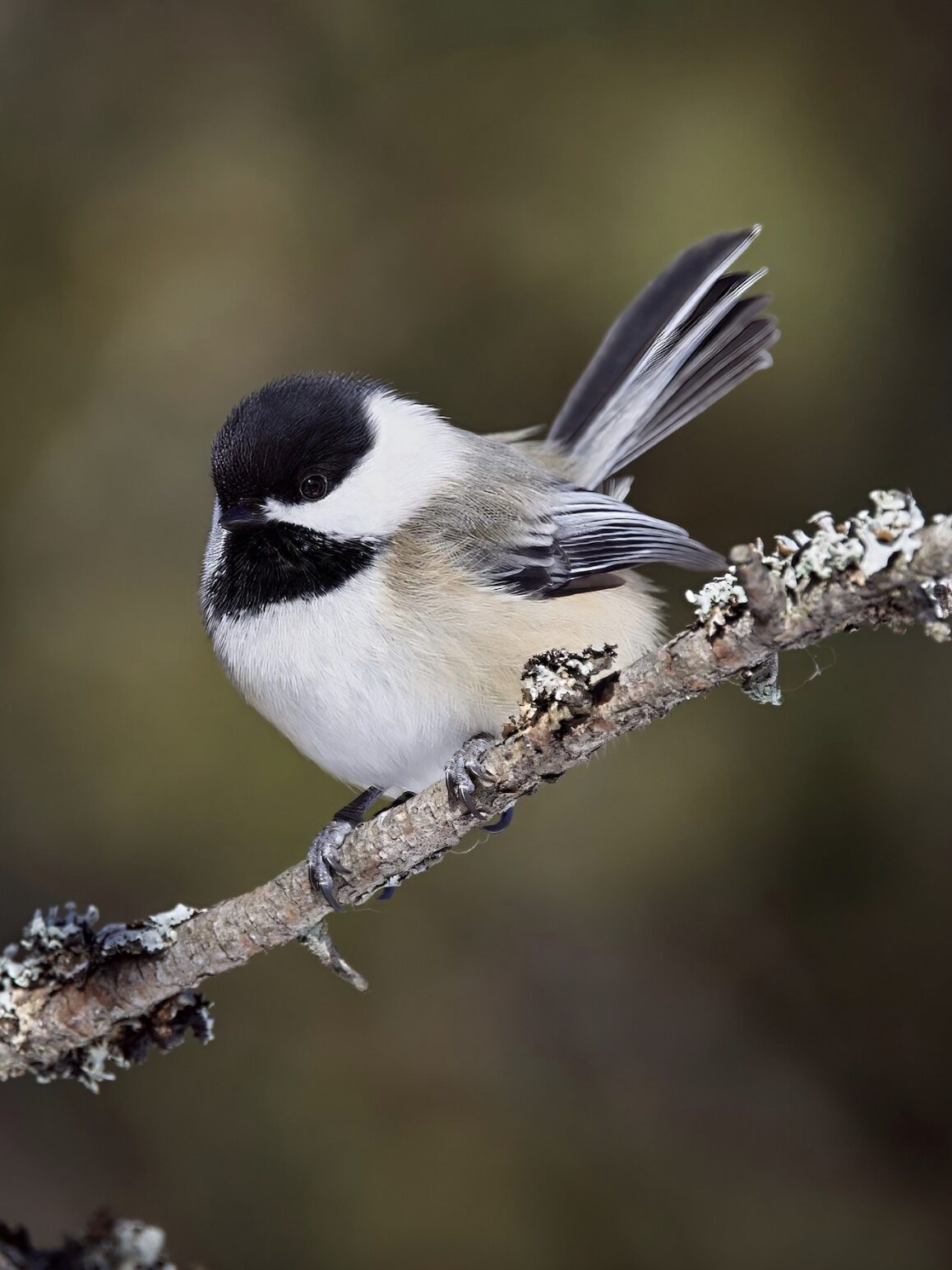
Search Local Results
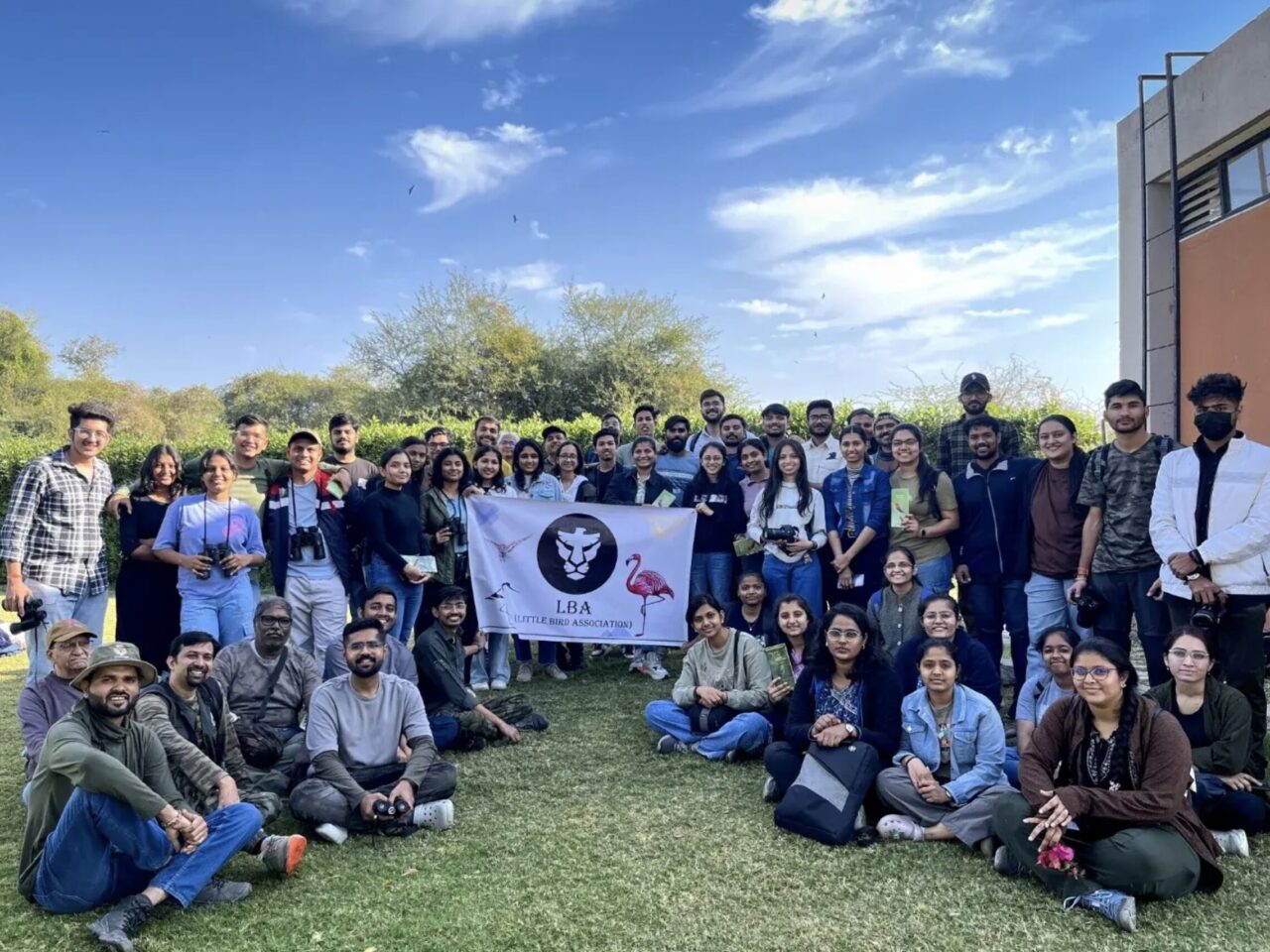
Many people ask, what did people see in my area during GBBC? While the global engagement is inspiring, it is fun to take a deeper dive into what local sightings reveal. Use this step-by-step guide to search your area for local submissions and bird sightings. How many birds were spotted in your region? Are the birds in your community similar to the birds others have seen? Use the local search tools to answer these questions and more.
8,078 of the World’s Known Species
This bar graph ranks the top 20 countries by total amount of species reported during GBBC. Colombia took the top spot and beat their 2024 record with 1,374 birds reported this year. Four more birds than last year! Not too far behind was Ecuador with 1,129 bird species. Making the top three for the first time was Brazil with 1,091 species!
A substantial amount of countries saw 500 or more species including; India, Peru, Mexico, China, Argentina Costa Rica, Kenya, Thailand, the United States, Panama, South Africa, Australia, Tanzania, Malaysia, Indonesia, Uganda, and Venezuela.
We saw big increases in participation in several countries in Central America and South America along with countries in Africa. All of these regions are home to an incredible diversity of birds and it is inspiring to witness their growing engagement.

Inspiring Photo Submissions
GBBC participants shared 189,741 media uploads to the Macaulay Library during this four-day event, including photos, videos, and sounds. Gorgeous images from around the world made up more than 189,390 of those submissions. Click the button below the images to see many more stunning bird photos.
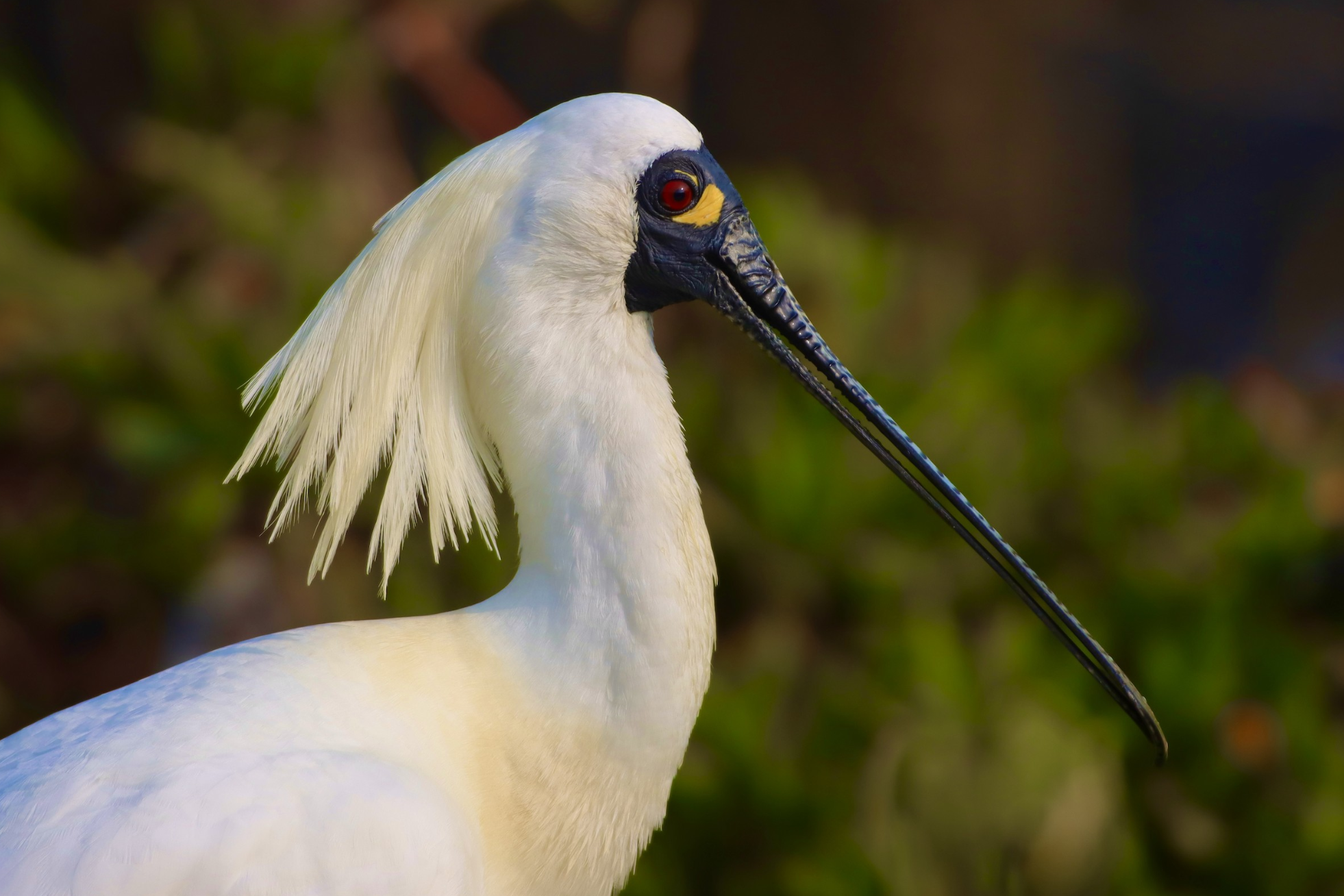
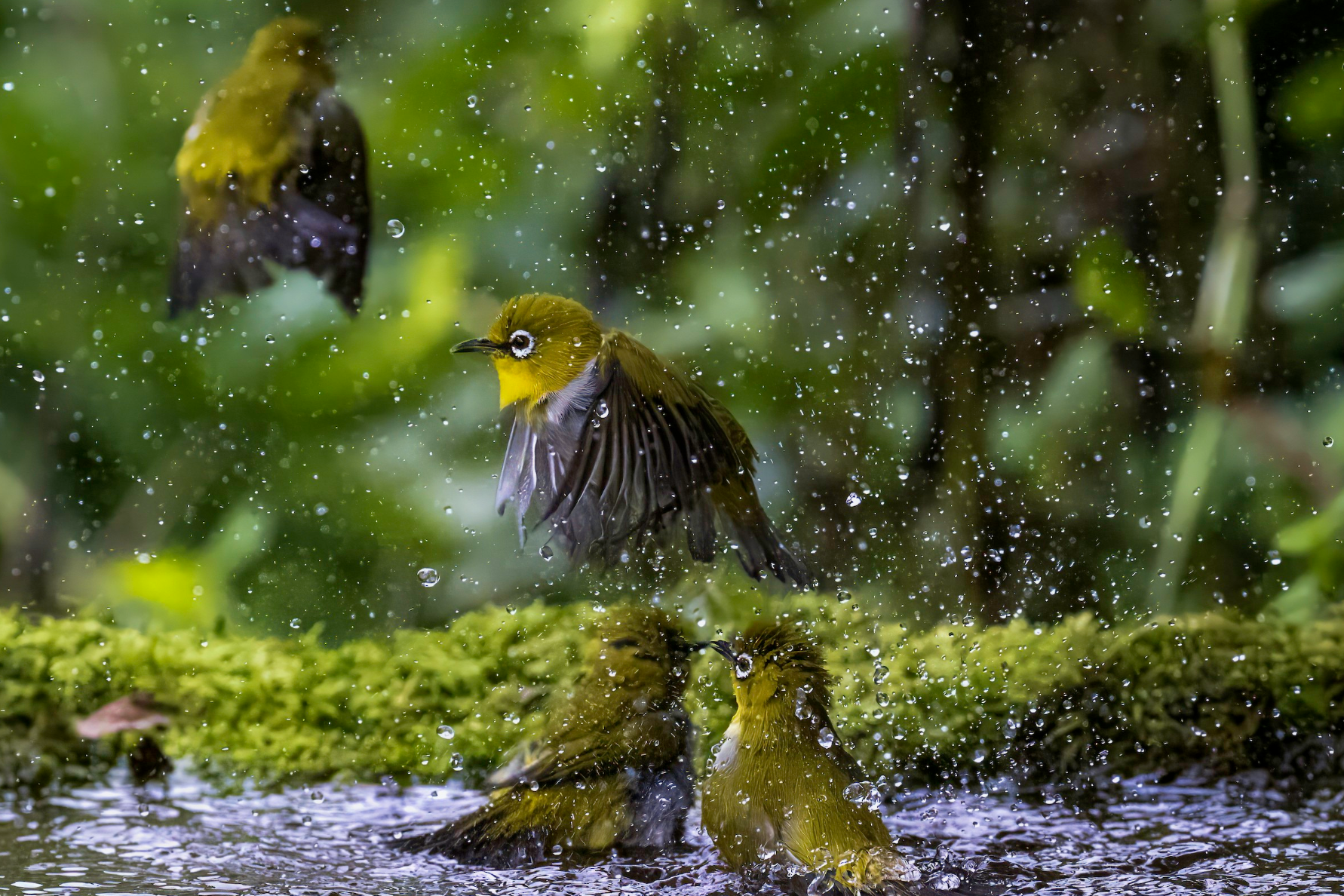
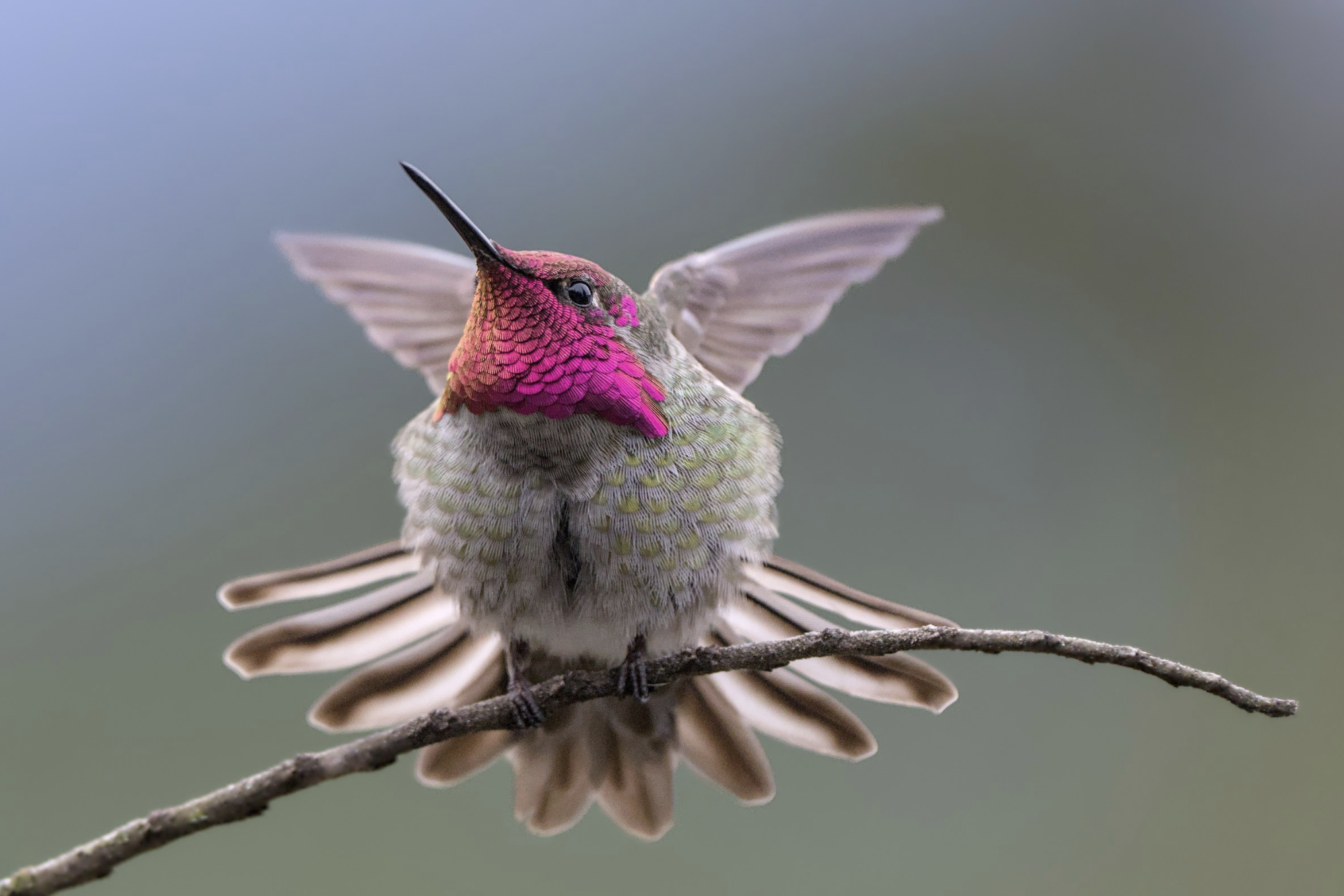
Flock Highlights and a Few Rare Visitors
Large flock sightings have a calming effect demonstrating that birds can be resilient even in the face of global threats. Despite all odds they continue to flock together. The largest flock recorded during GBBC was of 500,000 European Starlings seen in England, UK! Another impressive flock consisted of 350,000 Common Murres seen off the coast of California in the United States.
Tanzania supported a massive group of congregating Greater and Lesser Flamingos consisting of approximately 200,000 individuals. That must have been a pink sight to behold!
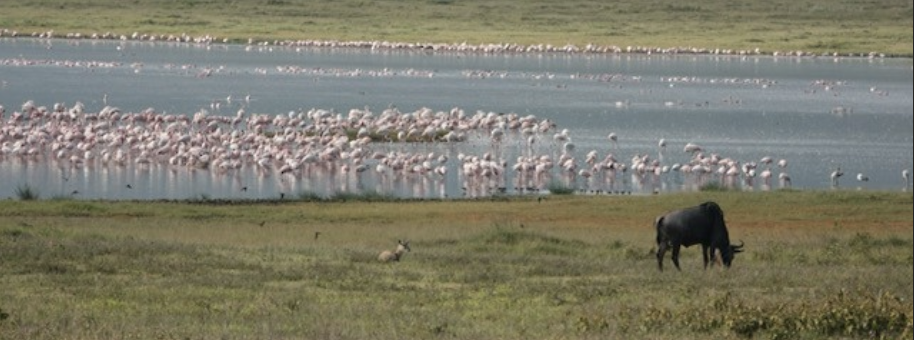
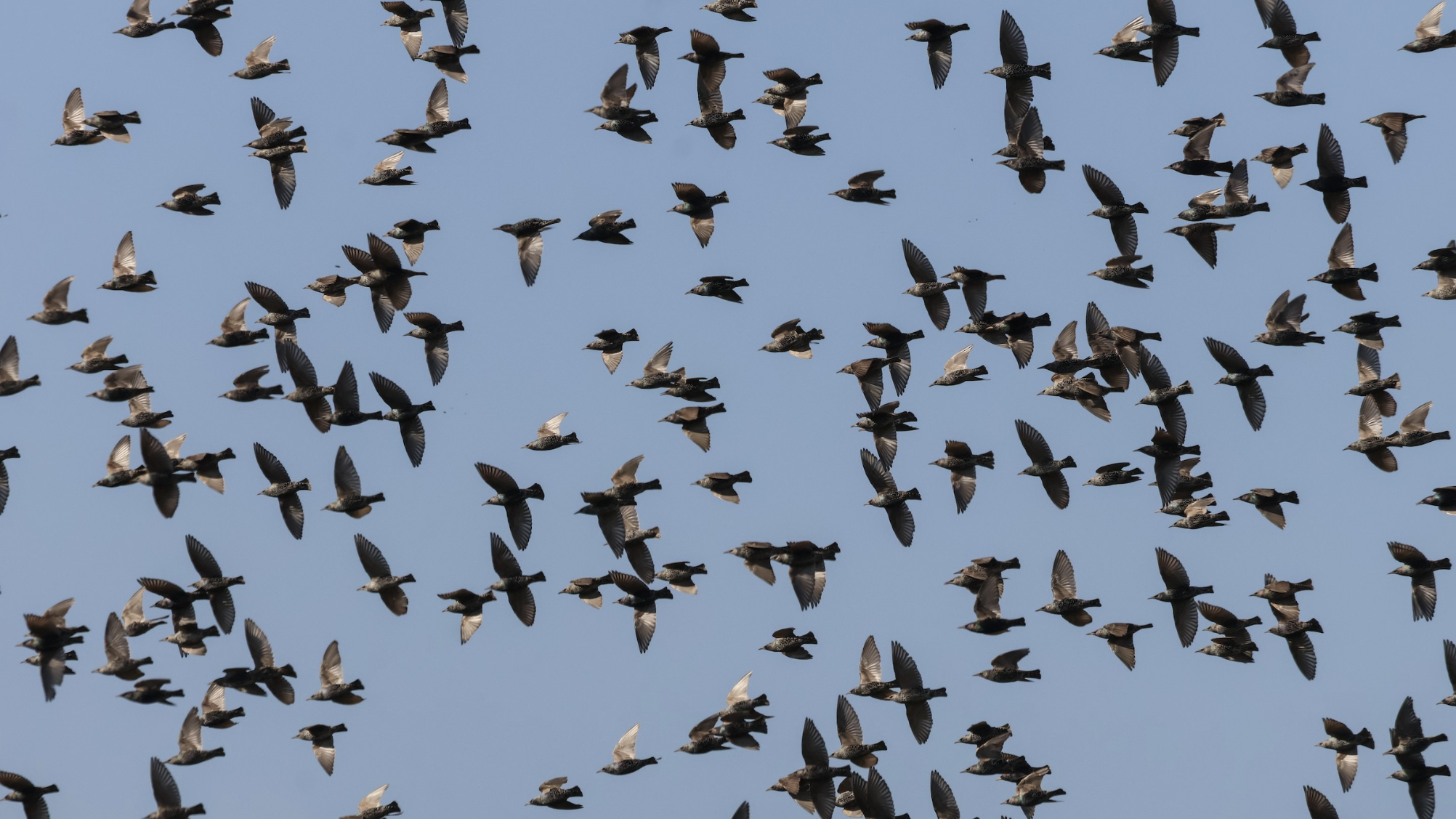
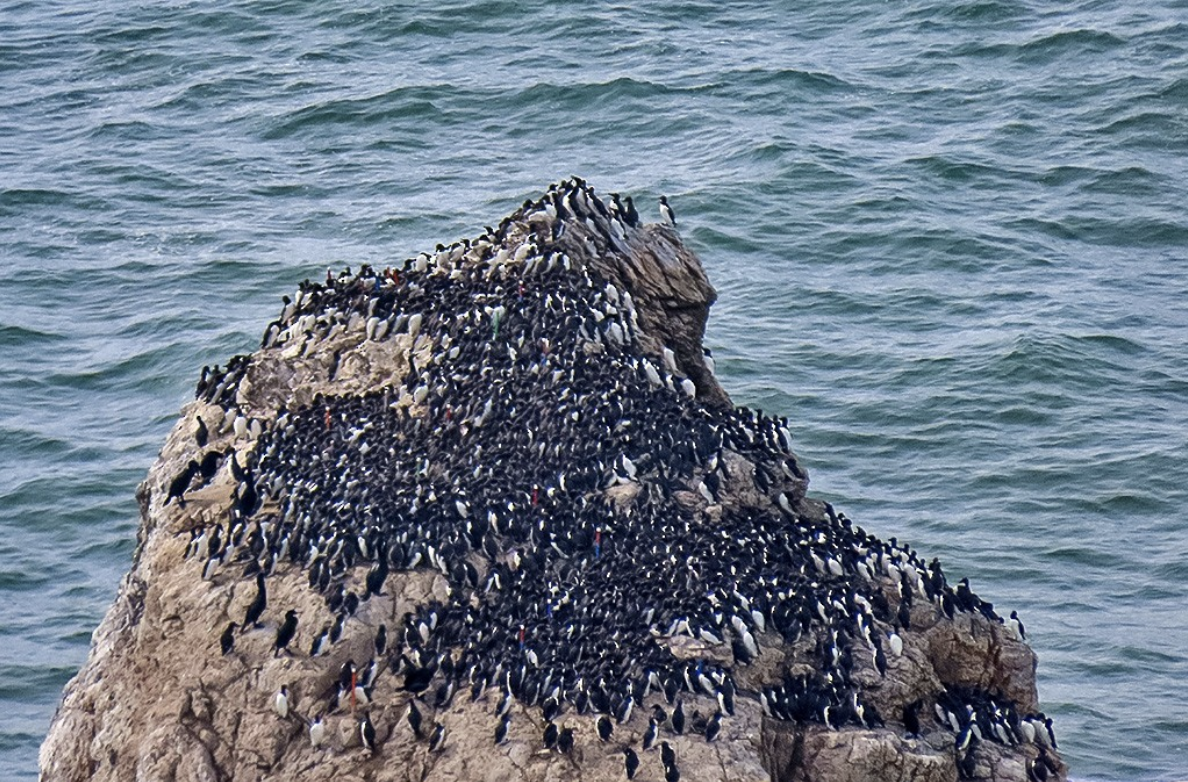
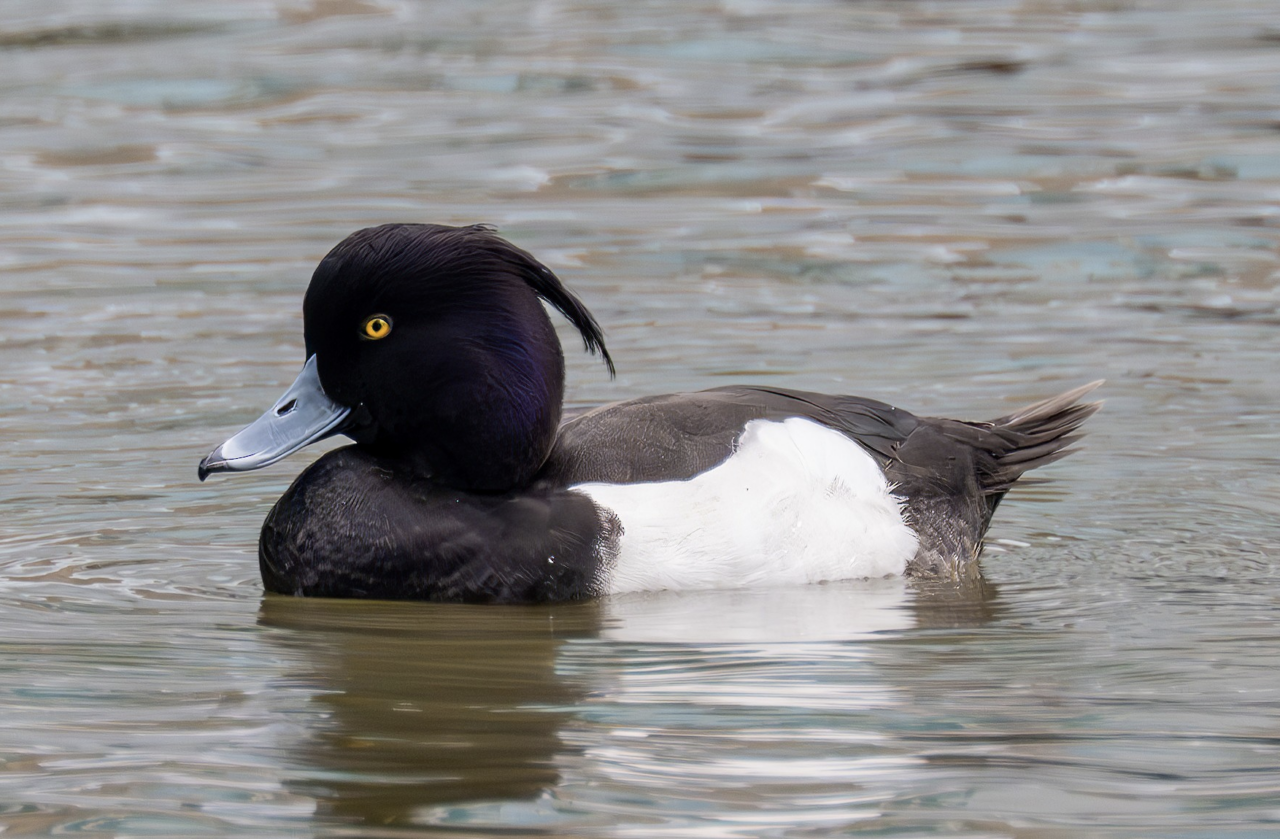
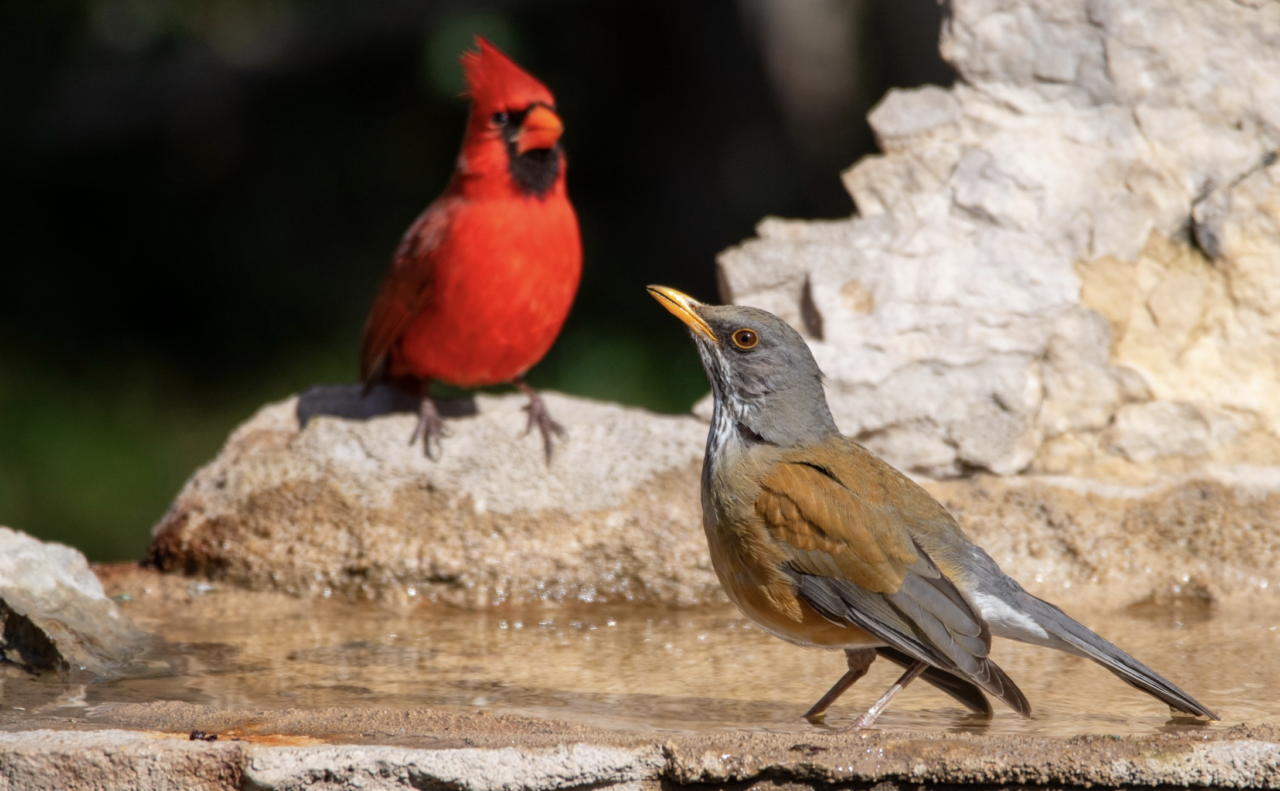
Rare birds were sighted all over the world. The Tufted Duck, normally seen in parts of Africa, Europe, and Asia, was seen in various places in the United States and Canada, delighting North American birders. In addition, the Rufous-backed Robin, normally seen in Mexico, was spotted several times in Arizona and Texas.
In Australia, the Lewin’s Rail was spotted. This small marsh-loving bird can be hard to spot and is more often heard than seen. Another hard-to-see species, the Flame-crested Tanager, was recorded in Colombia during the count.
Kenya delighted in sightings of the Black-and-white Shrike-flycatcher, a canopy bird, sometimes hard to spot.
We invite you to explore our graphs and data to see more of the incredible contributions that you made as global citizens committed to understanding and preserving bird populations.
Enjoy People Photos from GBBC 2025
Thousands of photos came in during and after the GBBC weekend. The people photos show families, individuals, and communities enjoying their time with birds. Thank you for sharing your adventures with us! And don’t miss this special photo gallery created during the GBBC reflecting the diversity of birds and the people watching them.





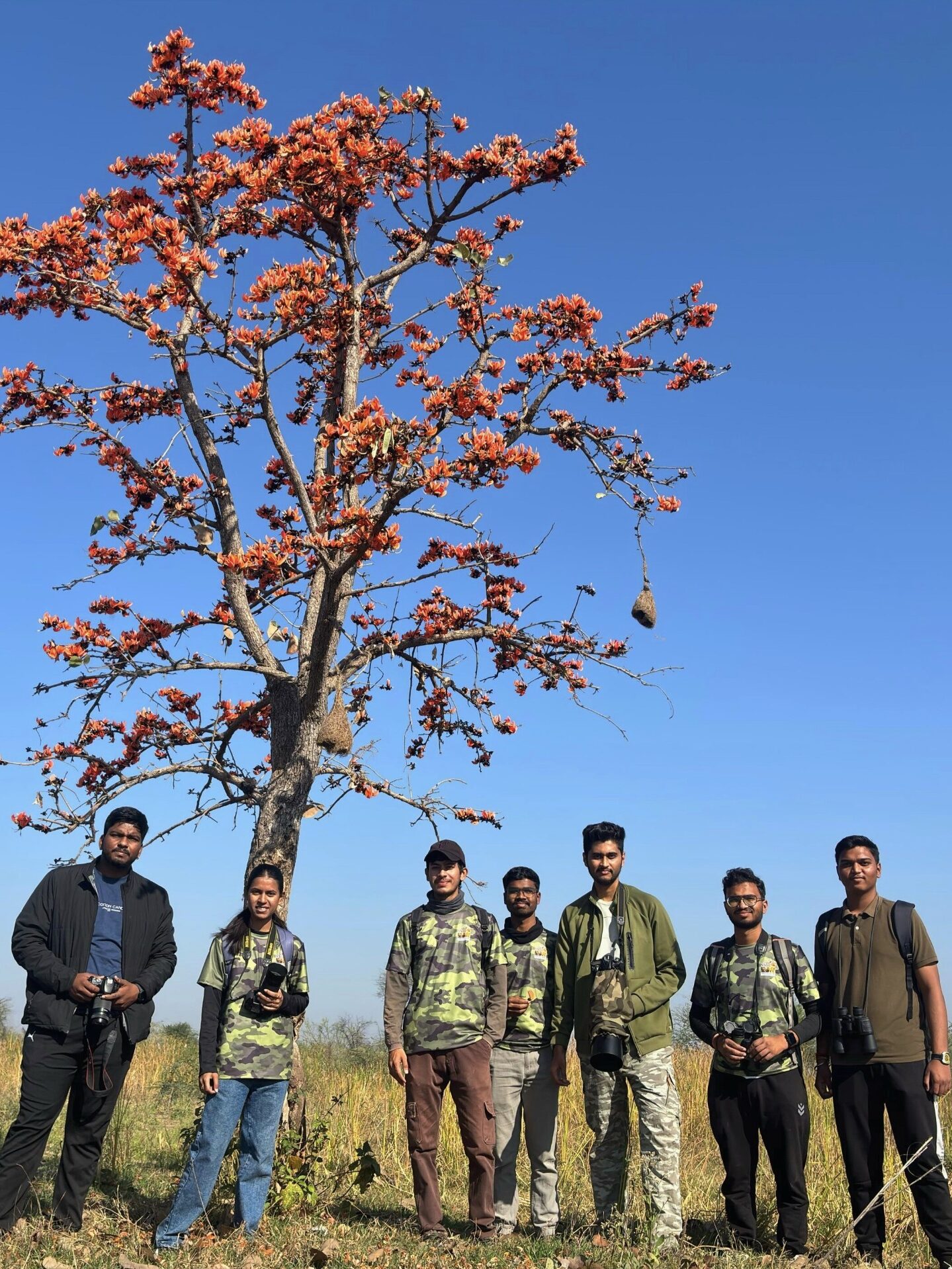



Next GBBC is February 13–16, 2026
Enjoy the birds as they embark on one of their annual migrations!
Stay connected to the Great Backyard Bird Count.
By subscribing to stay connected to the Great Backyard Bird Count, you agree to receive communications from The Cornell Lab, Audubon, and Birds Canada. You may unsubscribe from any of the organizations' communications at any time.

